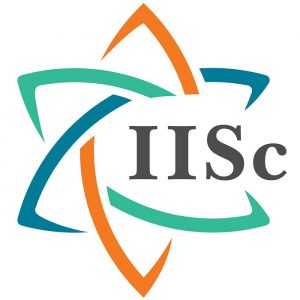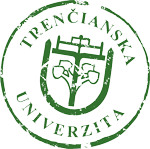 The online lectures on topic of “Ceramics and Glasses for Functional and Healthcare applications: Manufacturing and Properties”, which are being presented by the visiting scientist – Prof. Bikramjit Basu from Indian Institute of Science, Bangalore (India), are running with the great scientists´and students´ interest.
The online lectures on topic of “Ceramics and Glasses for Functional and Healthcare applications: Manufacturing and Properties”, which are being presented by the visiting scientist – Prof. Bikramjit Basu from Indian Institute of Science, Bangalore (India), are running with the great scientists´and students´ interest.
Prof. B. Basu’s contributions in Engineering Science have been globally recognized with several awards. He received India’s most coveted science and technology award – Shanti Swarup Bhatnagar Prize in 2013 for his significant contributions to the field of Biomaterials Science. He is an elected fellow of International Academy of Medical and Biological Engineering, American Ceramic Society.
Date: January – February, 2021; 10:00 CET (10 lectures, 2h/ day)
| Date | Time | Title of lecture | Speaker |
| 18. 1. 2021 | 10:00 – 12:00 a.m. (CET) | L1: Basic elements of materials engineering and brief introduction to manufacturing | B. Basu |
| 21.1. 2021 | 10:00 – 12:00 a.m. (CET) | L2: Biomaterials and Biocompatibility: Principles, and assessment | B. Basu |
| 25.1. 2021 | 10:00 – 12:00 a.m. (CET) | L3: Mechanical properties: Principles and assessment | B. Basu |
| 28.1. 2021 | 10:00 – 12:00 a.m. (CET) | L4: Case study: Doped bioactive ceramics: Structure, Properties and biocompatibility | B. Basu and S. Basu |
| 1.2. 2021 | 10:00 – 12:00 a.m. (CET) | L5: Glass ceramics: theory, properties and case study (dental applications) | B. Basu |
| 4.2. 2021 | 10:00 – 12:00 a.m. (CET) | L6: Case study: Electric and magnetic field stimulation in biomaterials and bioengineering | B. Basu |
| 8.2. 2021 | 10:00 – 12:00 a.m. (CET) | L7: Case study: Additive Manufacturing of Biomaterials (3D printing and 3D Bioprinting) | B. Basu, S. Barui and S. Das |
| 11.2. 2021 | 10:00 – 12:00 a.m. (CET) | L8: Ceramic coatings for concentrated solar power and biomedical applications | B. Basu, P. Ranjith Kumar, N. Bhaskar |
| 15.2. 2021 | 10:00 – 12:00 a.m. (CET) | L9: Machine learning and computational analysis in Materials Science | B. Basu, Gowtham NH and N. Kottan |
| 18.2. 2021 | 10:00 – 12:00 a.m. (CET) | L10: Biomaterials and Implants: Status, challenges and recommendations | B. Basu |












